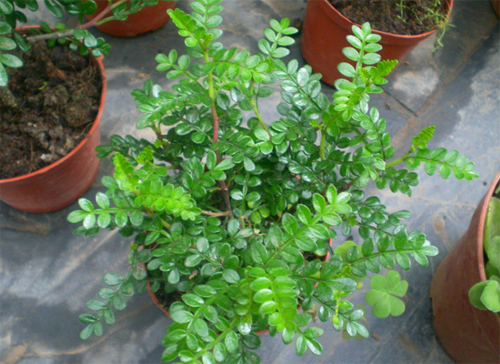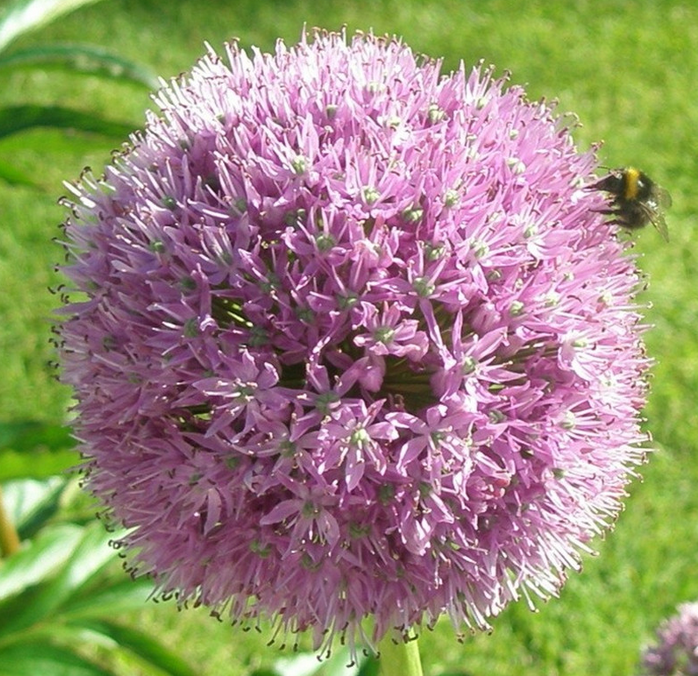How to grow golden buckwheat
Golden buckwheat is a perennial herb of Polygonaceae, also known as Tartary buckwheat, soil Poria cocos and so on. It is a kind of traditional Chinese medicine with high efficacy value, which has the effects of clearing away heat and detoxification, dispelling wind and dehumidification, and is mainly distributed in the south of China. Now the planting area of golden buckwheat in China is very wide, so what should we do if we want to grow golden buckwheat? The following editor brings you the planting method of golden buckwheat, let's have a look!

1. Land selection and preparation
First of all, we have to choose normal drainage and irrigation, high-lying sandy soil for planting, the depth of the soil layer is maintained at about 28 cm. Then do a good job of soil preparation in spring, and pay attention to not turning out the raw soil and turning it about 35 cm deep. In the soil preparation combined with fertilization, apply sufficient base fertilizer, improve the soil fertility, ensure adequate nutrition, fertilizer should be fully mixed with the soil. Then flatten the fine rake and make the bed according to the terrain to ensure that it is easy to manage in the later stage, and then prepare for planting.
2. Methods of reproduction
The main propagation method of Fagopyrum esculentum is rhizome propagation. Firstly, the young parts of rhizome and rhizome are selected as the main propagation materials. The emergence rate and yield of buckwheat can be guaranteed. Dig out the rhizome before it has fully sprouted, and then select the stout, disease-free rhizome and cut it into small segments of about 5 centimeters. Then control the row spacing, dig about 12 centimeters of sowing ditch on the border surface, and plant it at the right time. After planting, it is covered with soil and grass, and its thickness is kept at about 10 cm. The best sowing time is from March to April, if it is more than April, it will have a certain impact on the growth of golden buckwheat.
3. Field management
Properly spray herbicides after sowing to control weeds, but pay attention to the amount of herbicides, not too much, to avoid drug damage. When applying herbicides, you should pay attention to mixing them with water, and then sprinkle them all over the soil about two days after sowing. In the seedling stage, we should pay attention to weeding frequently, otherwise weeds will rob the growth and nutrition of seedlings. However, weeding should be stopped after ridge closure, and weeds with larger plants can be pulled out manually. Then when the plant grows to about 55 centimeters, do a good job of high ridges, cultivate the soil about 5 centimeters, and cover two stem nodes above ground to promote the growth and development of the roots.
4. Water and fertilizer management
Buckwheat has little demand for water, so it is necessary to control the amount of watering and keep the soil slightly wet. And water should not be too much, especially after the rain in the rainy season, the field should be drained in time to avoid excessive water leading to buckwheat root rot, causing diseases and insect pests, affecting the growth of golden buckwheat. Topdressing should be applied at least twice during the growth period of golden buckwheat, first when the seedlings grow to about 25cm, and then again at about 50cm. Others are mainly determined by soil fertility and plant growth, to ensure to meet the nutritional needs of golden buckwheat.
The above is a brief introduction to how to grow golden buckwheat. Golden buckwheat will also be disturbed by some diseases and insect pests in its growth. Although it has a strong ability to resist diseases and insect pests, it sometimes leads to the incidence of diseases and insect pests due to poor management, weather and other factors. Therefore, we also need to pay attention to the prevention and control of diseases and insect pests. That's all for today's introduction. This article is for reference only. Thank you for your reading and support.
- Prev

Culture methods and matters needing attention of fragrant wood how to lose leaves?
Fragrant wood many people like to raise at home, there is a fragrant smell, the leaves of fragrant wood are also very green, what is the breeding method of fragrant wood? What are the matters needing attention in the process of breeding? What if there is a loss of leaves?
- Next

When will the planting method of scallions be sown
It's the flowering season for scallions, which is really great, but how do you grow them in your own home? What are the methods? When will the seeds begin to sow? May and June is the season of spring onions, if you see clumps of tall and unique globular flowers in the garden
Related
- Fuxing push coffee new agricultural production and marketing class: lack of small-scale processing plants
- Jujube rice field leisure farm deep ploughing Yilan for five years to create a space for organic food and play
- Nongyu Farm-A trial of organic papaya for brave women with advanced technology
- Four points for attention in the prevention and control of diseases and insect pests of edible fungi
- How to add nutrient solution to Edible Fungi
- Is there any good way to control edible fungus mites?
- Open Inoculation Technology of Edible Fungi
- Is there any clever way to use fertilizer for edible fungus in winter?
- What agents are used to kill the pathogens of edible fungi in the mushroom shed?
- Rapid drying of Edible Fungi

